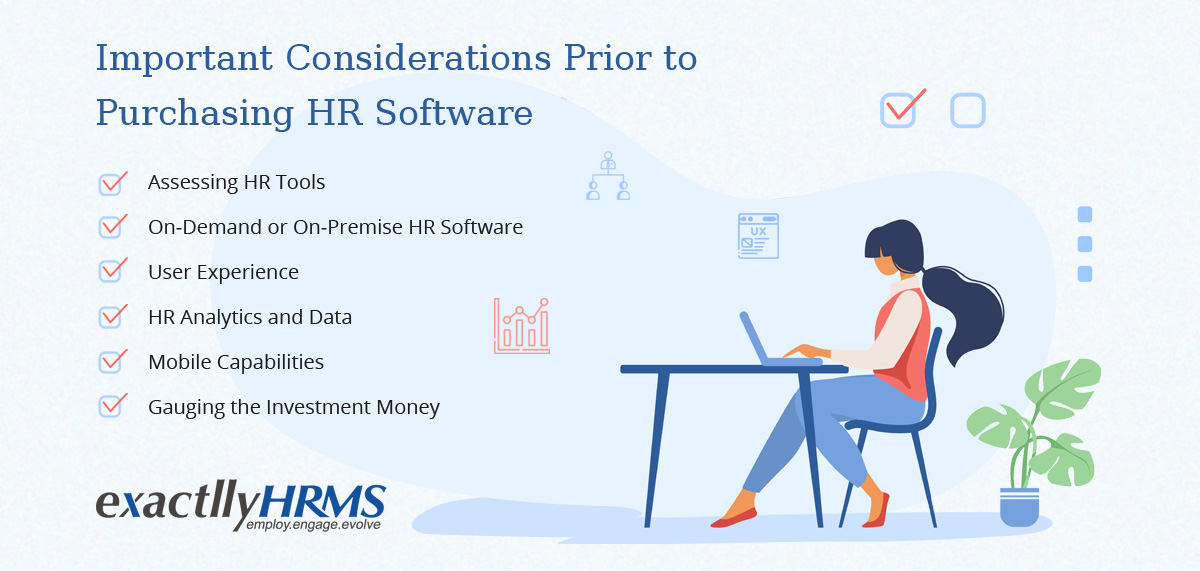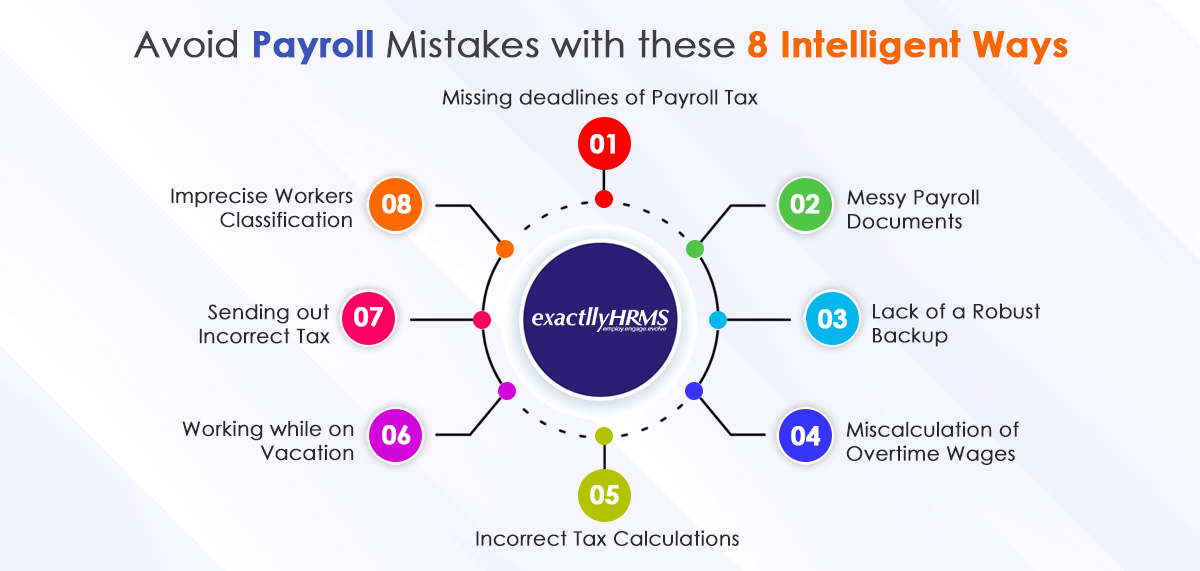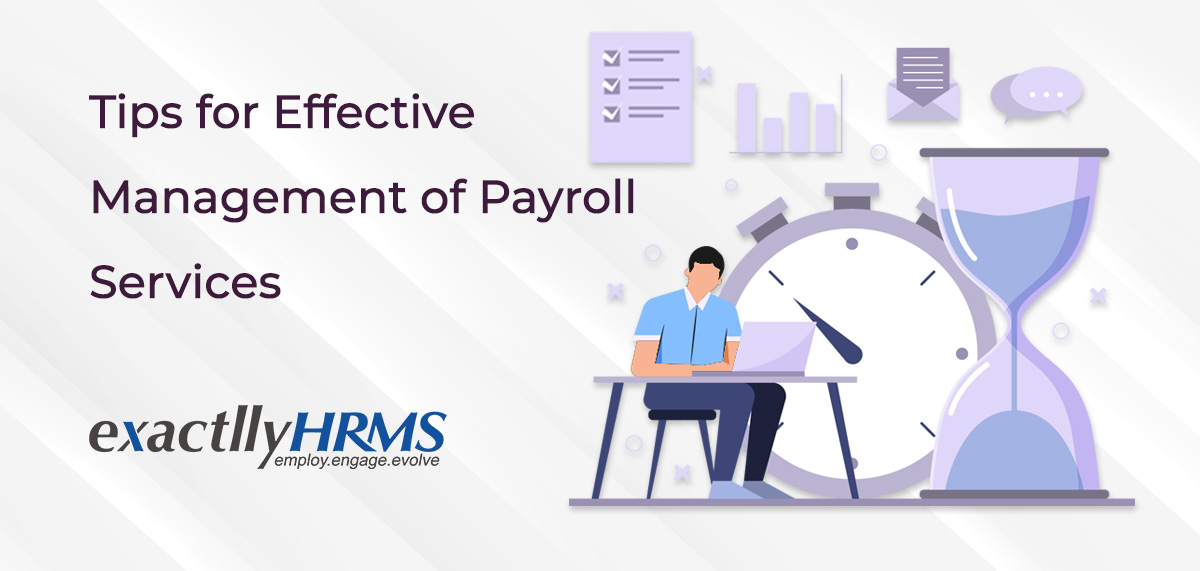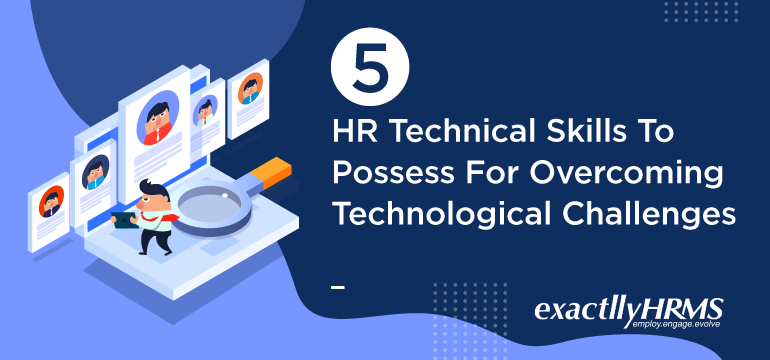Is Training Required Before Cloud Migration

Enterprise cloud adoption has accelerated over the last few years. Business owners especially with no prior cloud experience have often shown signs of nervousness about the suitability of cloud infrastructure and their readiness towards handling it smoothly.
While all technical aspects are given thorough attention, what owners forget is the need for training employees both before and after cloud migration. Irrespective of the security aspects like applications, network connections, and endpoints, cloud operation can be smoothly provided users fully understand its functions and threats.
Training should not be limited to a few important employees. Every employee intended to use the cloud should be trained over it to infuse confidence in employees over cloud use, gain trust and cooperation besides ensuring security. If the employees are not trained well, the return on investment in cloud infrastructure may lag.
Training helps to understand Cloud Migration Infrastructure:
Employees must have a complete understanding of cloud infrastructure. Every department generates its own set of data like in a traditional on-premise system. However, what differentiates the cloud is how data is exchanged and accessed by employees over the internet. Employees must know how to deal with different data types. What data has to be stored where should be known to them. Data breach by any employee may have dire consequences for the entire organization.
Many cloud applications are available through mobile platforms like laptops, tablets, and smartphones. Employees need to understand the BYOD (Bring Your Own Device) policy (if there is one in place) of the company and its consequences. Training on BYOD platforms is necessary especially from a security perspective.
There are many companies that opt for SaaS integration i.e. combination of on-premise systems and cloud applications. How does this integration affect employees? Obviously, there are changes made in user roles and responsibilities. Training teaches them the use of new software, data entry, and data interaction. It also helps managers to identify suitable roles for every employee in the new setting.
How to train your employees in the use of Cloud Technology?
If your organization lacks staff experienced in using cloud technology, it is always better to seek help from a professional trainer. Many service providers extend support for training over cloud infrastructure.
To avoid any obstruction during and after cloud migration, it is always better to plan your training needs. Training needs can be assessed depending upon the level of changes made in existing infrastructure and your long-term goals. There are a few important things to know before training implementation.
- It is important to develop content for training. The content program varies depending upon the job profile. For instance, training requirements for the HR team will differ from the IT team.
- Carefully chalk out the training schedule for every department paying attention to batch size, the number of training sessions, and time per session. The training schedule should be planned in such a manner that it does not affect your business output.
- Training can be in-house or outsourced. The decision should be taken depending upon the number of employees, branches, and training levels.
Training in the Cloud is Compulsory:
It is often noticed that unprepared cloud migration slows the production process and at times stops a process completely thereby resulting in a business slowdown. Therefore, training is an essential part of the cloud migration process. Without training, there will be confusion among employees. The objectives of training should be laid out well for employees to motivate them to acquire new skills. Connect With Us to avail of a Free Demo.





